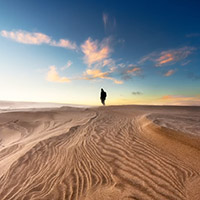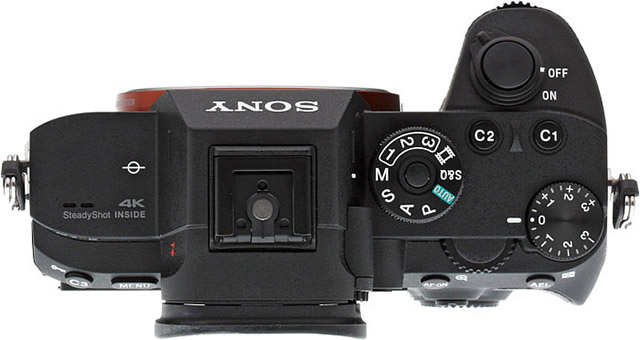Video: Your guide to fully manual landscape photography
posted Wednesday, February 23, 2022 at 10:00 AM EST

Photographing in full manual mode can be daunting. It's a lot to keep track of. Photographer Mads Peter Iversen has made a video guide to help photographers begin to incorporate manual photography settings into their workflow and even shoot fully manually.
First things first, you must put your camera into manual mode. For most cameras, this is as simple as turning your mode dial to 'M.' However, on certain cameras, like some Fujifilm cameras that don't have a traditional PASM style mode dial, this requires you to manually adjust the aperture on your lens and your camera's shutter speed, which is the meat and potatoes of manual shooting.

At this point, it's worth bringing up the exposure triangle, which comprises aperture, shutter speed and ISO. All else equal, if you decrease the size of your lens' aperture (which increases the f-stop), you let less light through your lens, and less light hits your image sensor. This will make an image darker at a set shutter speed and ISO. If you increase shutter speed and don't adjust aperture or ISO, you also reduce the amount of light that hits your sensor because the shutter is open for a shorter duration. If you decrease your ISO and don't adjust the other two settings, same thing, you get a darker image because your image sensor is less sensitive to light (that's putting it basically, but that's the idea). If you increase your aperture opening (a lower f-stop number, like F2.8 instead of F5.6), decrease your shutter speed (longer exposure) or increase your ISO (higher sensitivity), then an image will be brighter. These three points on the exposure triangle all work together to create the ideal exposure and a photo with the optimal depth of field (aperture) and correct motion in the frame (shutter speed). For much more information on the exposure triangle, check out this article at B&H.
Even if you're doing manual photography, you don't necessarily need to use manual focus. Iversen rarely uses manual focus. He often opts for single-shot autofocus (AF-S on many cameras) when doing landscape photography as the subject is rarely moving. If you want to give manual focus a try, which may be required in certain low-light situations, your camera likely includes the option to zoom in during live view to help you dial in perfect focus. Cameras also often include focus peaking options, which can help too.
When shooting in RAW – and you should be shooting in RAW or RAW+JPEG – white balance isn't a critical setting to get right in the field. However, it's still a good idea to get it right in camera. I've personally had great success with auto white balance for landscape photography on most cameras. Iversen tries to select one of the preset white balance settings on his Sony camera that best matches the prevailing conditions. For example, if it's sunny, cloudy, or he's shooting in the shade, he selects the appropriate setting. He will use auto in situations of mixed lighting. As a note, if you intend to composite multiple images together, like for focus stacking or HDR stacking, it's a good idea to select a specific white balance, as that will reduce the need to sync image edits on your computer later.
To learn the rest of the settings you should think about when you're photographing in semi-manual or fully manual modes, watch Iversen's full video above. He covers topics such as how he focuses when shooting landscape photography, how to use your camera's histogram and exposure warning features, the advantages of manual mode over aperture priority mode and vice versa, composition, drive mode, intervalometers, focus stacking and more. There's a lot to think about when capturing a photo in fully automatic modes, and adding manual settings into the mix only adds to that. However, if you can create a sort of checklist to go through in the field, you'll be a manual photography pro before you know it.
To see more from Mads Peter Iversen, visit his website, subscribe to his YouTube channel, and follow him on Instagram.
(Via Mads Peter Iversen)